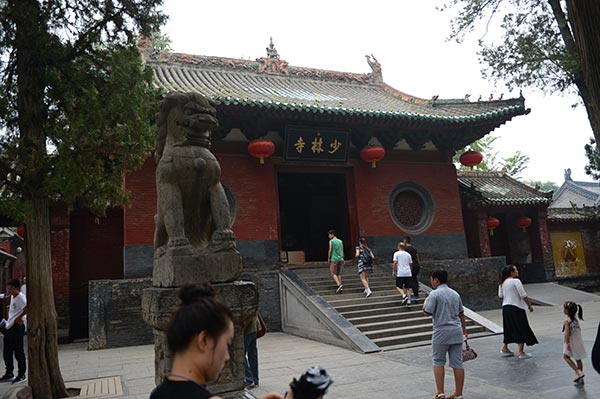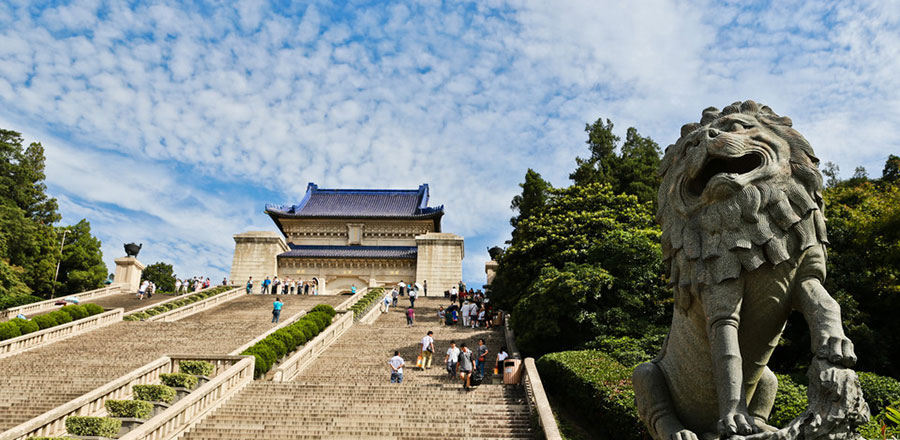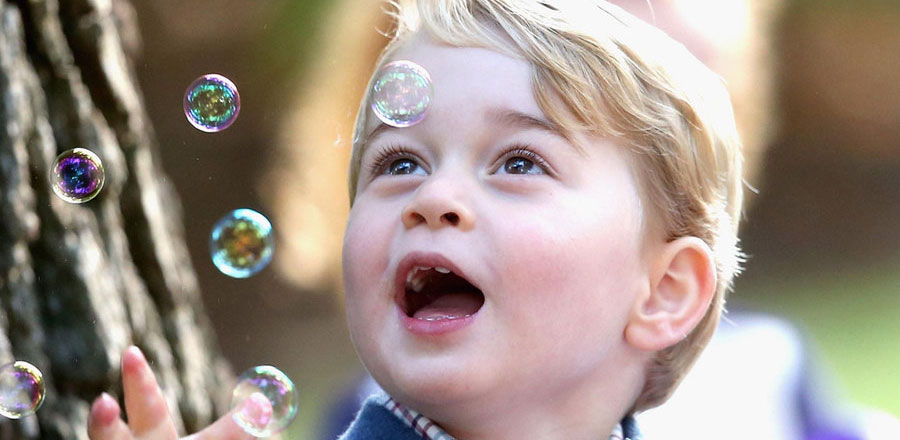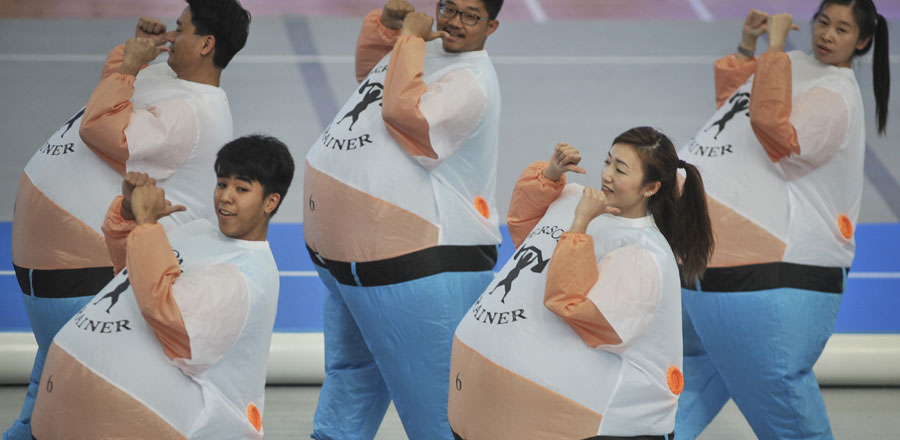
 |
|
The main entrance of the temple and monastery. [Photo by Xiang Mingchao/China Daily] |
"I wanted to go to a place where there's a mix of physical and mental training," Verma, 24, says on the question of why he chose Shaolin.
The practice sessions are rigorous and can be physically challenging for women but the final outcome of the training depends on an individual's attitude. That's how Daniela Murillo from Costa Rica sees it. The 26-year-old kung fu teacher from San Jose, the capital of her country, was on a recent short-term course in Shaolin.
"We're taking back of lot of fundamental stuff (on kung fu) from here."
In 2002, Shaolin established a separate office to meet the demand for kung fu studies among foreigners, Wang, who looks after that division, says. Today, there are Shaolin centers in the United States, Britain, other European countries, Australia and Sri Lanka. The temple doesn't have more overseas expansion plans just yet, he says.
And while kung fu's influence on popular culture, especially cinema, has waned in the recent past as compared with its peak in the 1970s, when the late US-born actor from Hong Kong Bruce Lee made it world famous, Shaolin has sealed its place in modern history as a source of China's earliest soft-power exports.








